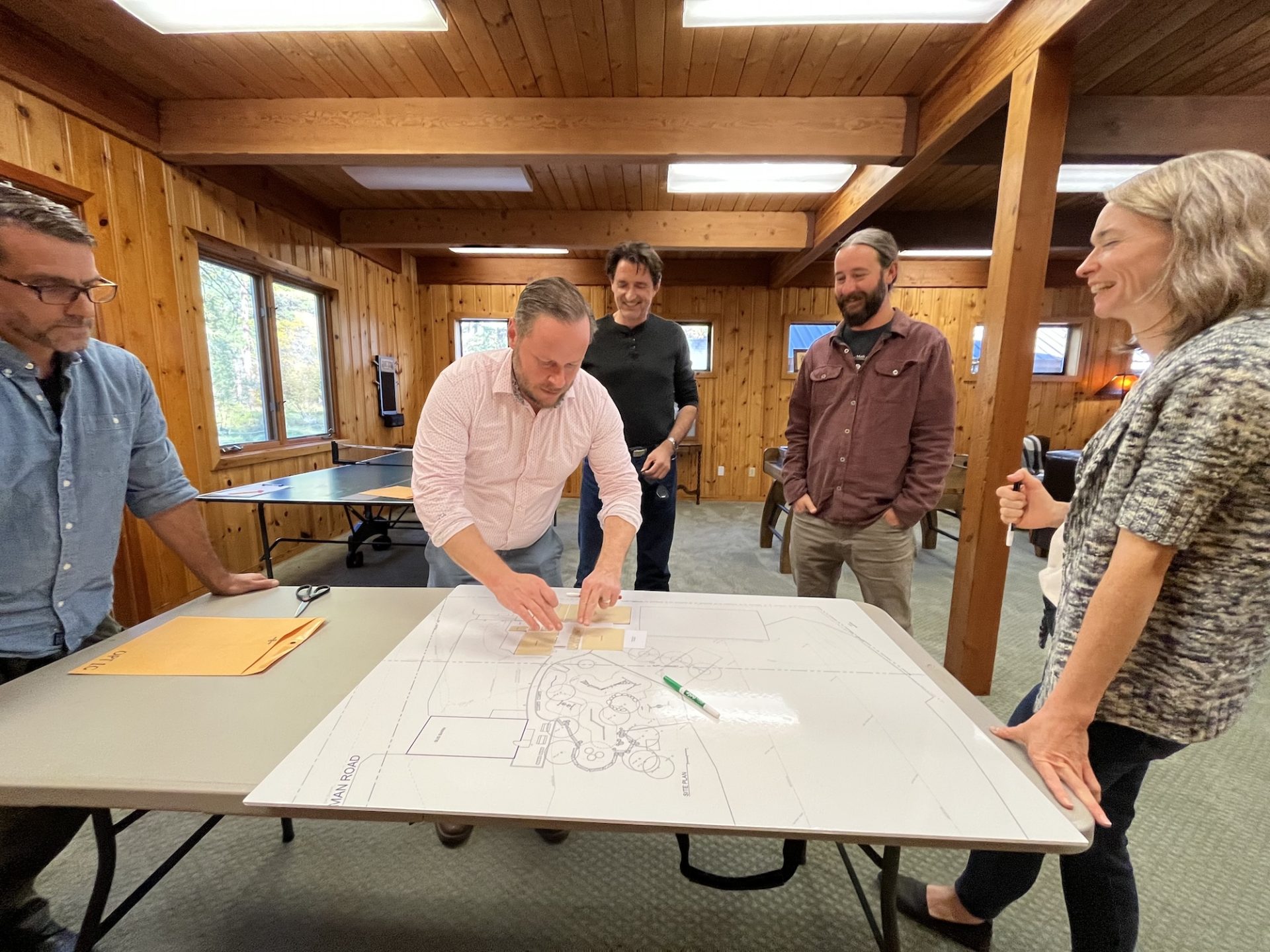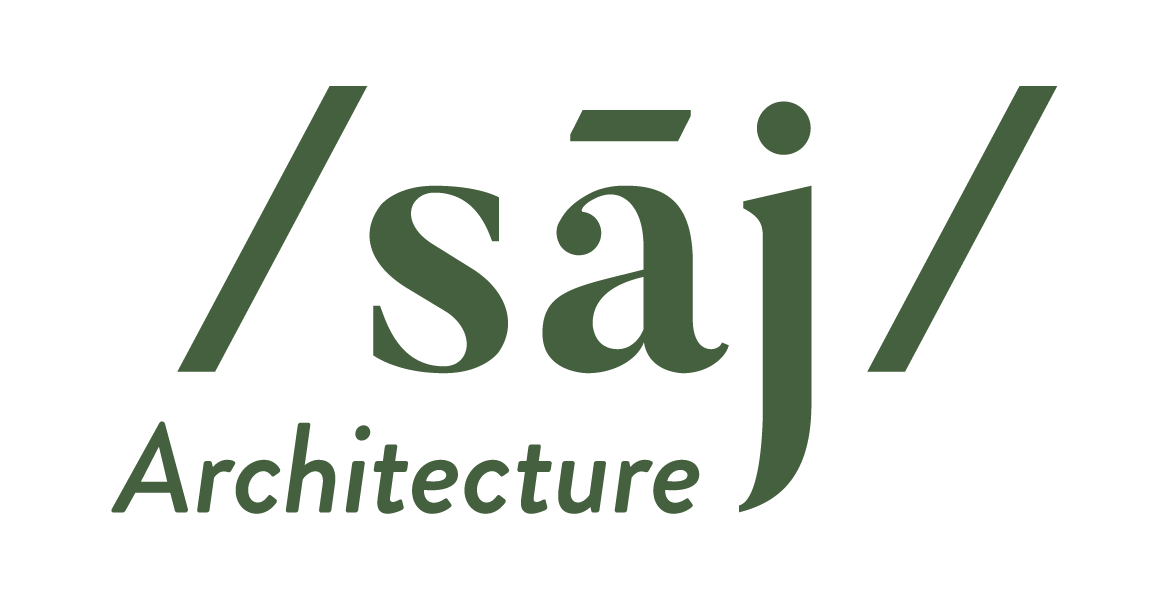
We find successful K-12 stakeholder engagement starts with these first steps.
Spring is here, bringing longer days and a sense of renewal. It’s also the season when the Oregon Department of Education (ODE) releases Technical Assistance Program grants for facilities, seismic, and asbestos hazard assessments, as well as long-range facility plans. The timing is perfect, because these yearly awards often serve as the first step for districts to rejuvenate their schools and other facilities while enhancing educational adequacy.
For many districts, this is a once-in-a-generation opportunity to make significant improvements to their schools. Therefore, conducting an accurate facility assessment and developing a thorough long-range facility plan is crucial. This work acts as a catalyst for a successful bond campaign and—ultimately—improved K-12 educational environments for students.
At SĀJ Architecture, we’ve had the privilege of working closely with districts during this critical phase and have gained valuable insights. We know engaging stakeholders is essential to successful outcomes. Stakeholders bring new ideas, professional knowledge, and diverse perspectives to the process. They can also help spread positive messages about your district’s needs and plans within the community.
Here are our five tips for successful stakeholder engagement based on our K-12 prebond planning experience:
1. Build the District’s Stakeholder Committee Thoughtfully
While offering an open invite for stakeholders might seem appealing, the most successful engagement efforts take a more strategic approach when building a committee. Ask, “Who are the cheerleaders and champions of our schools?” and “Who are our industry leaders with an interest in education?” Involving these trusted and well-networked community members can help your district’s needs reach a broader audience. We also recommend including city planners or administrators on the committee. These professionals are often aware of upcoming construction in your jurisdiction that might impact your project. They can also help identify potential land-use or permitting barriers and serve as invaluable resources during feasibility studies.
2. Right Size the Committee
The size of your committee matters. A too small, limited committee might not gather the diverse input needed to convince the community to support your bond. Conversely, an overly large committee might struggle with focus and attendance. We’ve found that a committee of about 15 people is ideal. It’s small enough for meaningful large group activities and can be divided into three groups of five for small group activities.
3. Set Clear Expectations
Successful long-range facility plans are guided by clear expectations. The end objective should stay consistent and the journey to achieve it methodical. As facilitators, we’ll help identify the district’s objective early and keep the group focused throughout the process.
4. Honor Stakeholders’ Time
Your stakeholders’ ability to willingly and consistently commit their time to the process is essential. The district and facilitators must respect this commitment by being mindful of meeting scheduling and frequency. To this end, we clearly define the purpose of each stakeholder meeting, work from structured agendas, and use proven engagement activities that elicit clear and useful information from the group.
5. Expect Iterative Planning Before and After the Bond Passes
It’s important the district and committee understand long-range planning and any related stakeholder engagement is just the beginning of this adventure! Concepts developed during the process should provide sufficient information to demonstrate intent and validate that they can be built within the promised budget. Designing a fully functional educational environment requires additional time and critical feedback from various user groups. For example, plan for at least 12 months for the design of a new elementary school after the bond passes.
Ready for the Next Step?
Is your district ready to get started on facility assessments and long-range planning, or do you simply have questions about the process? We’re happy to help! With offices in Bend and Portland, SĀJ Architecture offers three ODE-certified facility assessors, an Association for Learning Environments (A4LE) ALEP-accredited planner, and a team with a combined 75 years of K-12 design experience. We offer a proven engagement and planning process that we customized based on individual district needs. Please contact me at jonahj@saj-arch.com or (503) 595-0270.

Jonah Jensen is a principal architect and owner of SĀJ Architecture, a commercial firm with offices in Bend and Portland, Oregon. A natural storyteller, Jonah’s superpower is weaving narratives into projects that reflect the communities and clients he serves. During his 20-plus years in the architectural field, Jonah’s work has primarily focused on K-12 schools and historic building rehabilitation.
